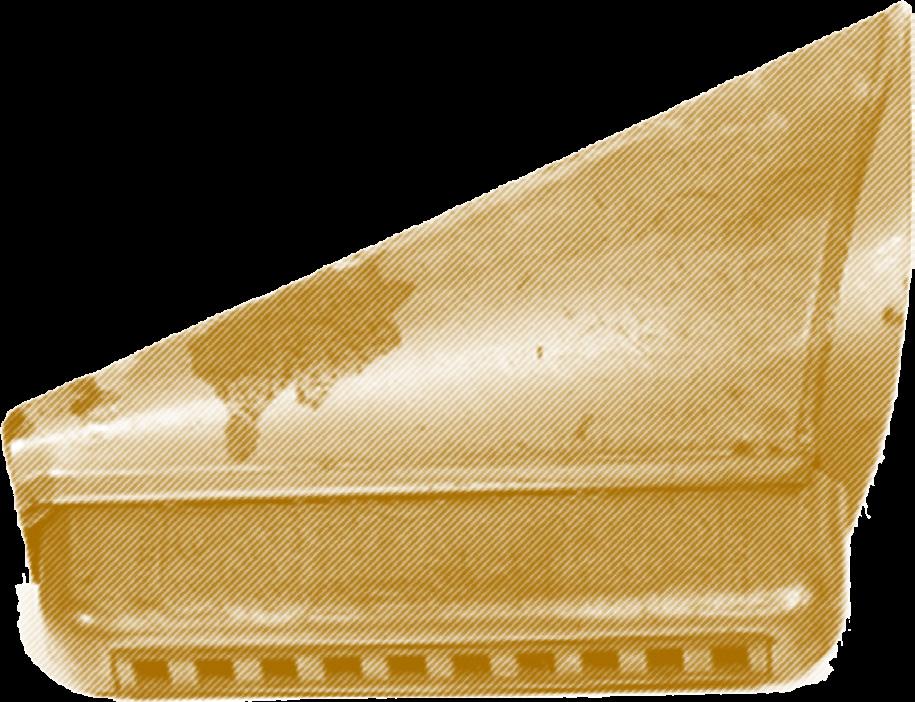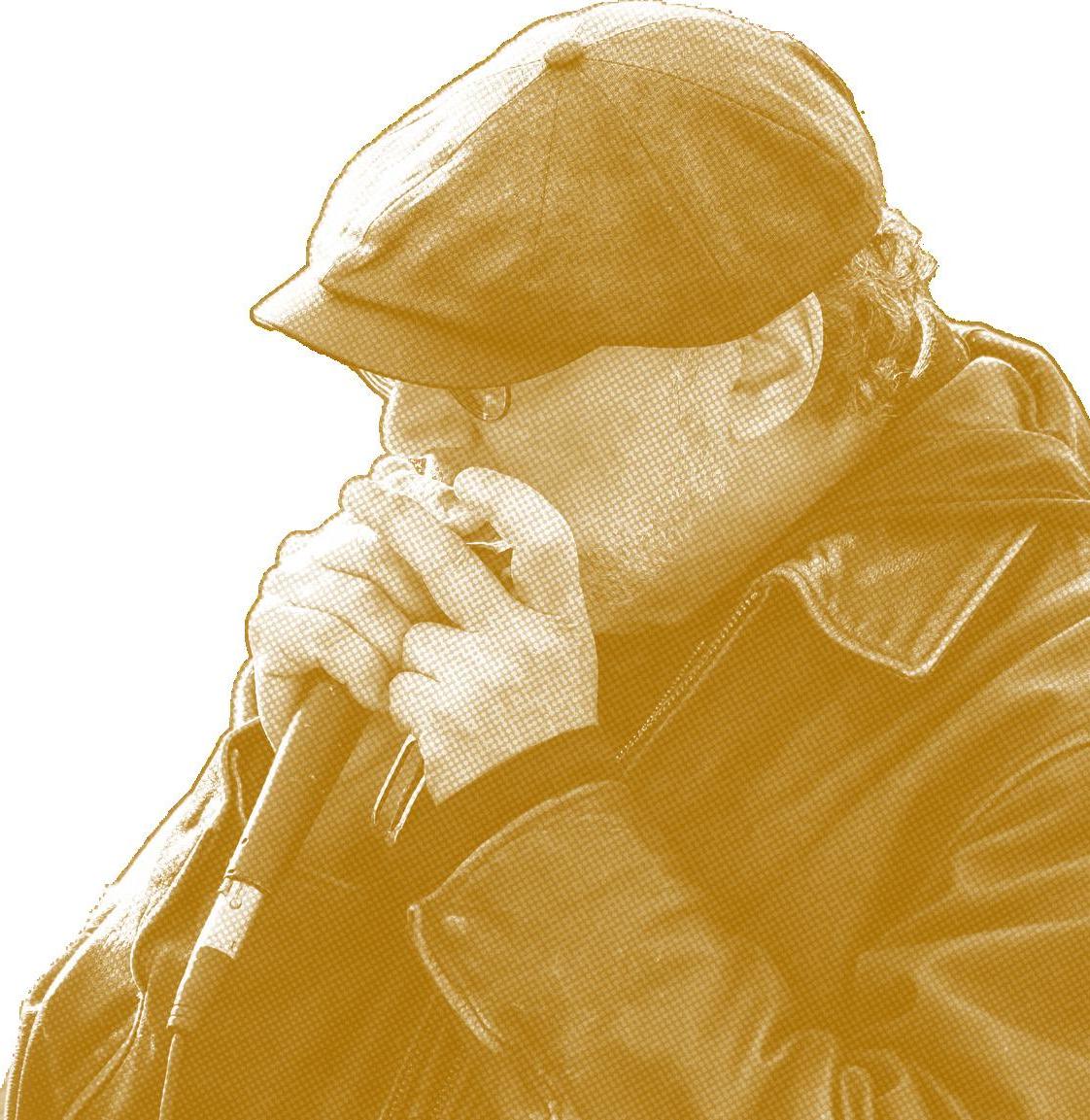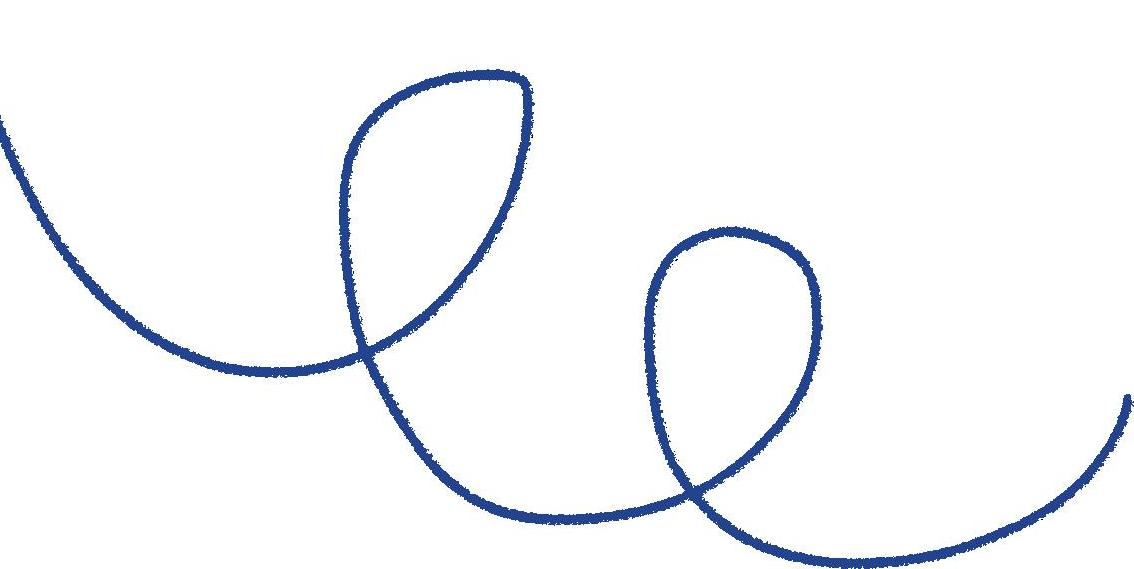
5 minute read
Early Harmonicas
BUSCHMANN THE AURA
The truth about the harmonica’s direct origin is a truth made up of many stories. By the early 19th century, tinkerers in Scandinavia and central Europe were toying with new instruments based on free reeds. In the 1820s, the earliest recognizable examples of the Mundharmonika, or “mouth organ,” were created in the renowned musical hubs of Berlin and Vienna. In German, the word Harmonika refers to both accordions and harmonicas, and the development of the two were tightly intertwined. Most early models included one reed per hole, which limited the number of notes a musician could play.
Advertisement
Some say that the first documented account of the harmonica came in 1821, when Christian Friederich Buschmann, son of organ builder
Har MON iKA

Johann Buschmann, registered the first European patent for a free-reeded mouth organ, which he called the “Aura.” The tiny instrument may have faded away unnoticed among all the exciting innovations of the 19th century, but Buschmann recognized his invention as “a truly unique musical instrument… only four inches in diameter and equally high, with 21 notes and crescendo playing possibilities…with harmonies of six tones, which can be held as long as the player has breath.” He named it the “mundaeoline,”which is German for mouth harp. In time, all of Europe had heard about this delightful hand-held wonder.










Sales were slow in the harmonica’s early years. Its greatest selling point—that it was relatively inexpensive and simple to play—was a disadvantage, too: as an instrument for the masses, it lacked respect among the European musical elite. Still, local manufacturers in central Europe began to toss their hats into the ring, founding small companies that competed for local markets. One of these men was Christian Messner, an enterprising resident of Trossingen in present day Germany. After purchasing a harmonica in Vienna, he knew he could produce and sell his own. The firm Messner founded in 1827 was successful, and his harmonicas were well-respected by the 1830s and 1840s. He was so conscious of his competition that he kept his construction methods a strict secret, allowing only members of the immediate family to know the workings of his factory. However, In the 1850s, when Messner’s firm was enjoying its second decade of success, Messner’s nephew, Christian Weiss, joined the family business. Weiss soon founded his own factory, and one day in 1856, one of Weiss’ friends from school stopped by.
Clover Harmonophone Model Megaphone Harmonica, c. early 20th century, made in Germany.

IN TIME....
ALL OF EUROPE HAD HEARD ABOUT THIS TINY, HANDHELD


IN TIME....
ALL OF EUROPE HAD HEARD ABOUT THIS TINY, HANDHELD



HOHNER







TROSSINGEN


This friend was Matthias Hohner, a clockmaker, who legend says was tired of eking out a living by wandering the Black Forest as a salesman. According to Hohner’s diaries, the friendly visit to the factory lasted so long that Weiss not only grew suspicious—he threw young Hohner out. Yet by that point, Hohner had seen plenty. Just a year later, in 1857, he started a harmonica company of his own in a neighboring village.
He could not have timed it better. Musical instruments were traditionally made by hand, however, the late 19th-century saw the rise of powerful steam engines and early mass production techniques.
Hohner made up for his relative lack of inexperience by studying existing harmonicas, producing them in huge batches, and selling for volume. During that first year, Hohner, his wife and one employee produced 650 harmonicas. He quickly bought out his competitors and started exporting the first Hohner harmonicas to the United States in 1862, just 5 years after opening. By the time his four sons took over for him, the company had grown to produce over 4 million harmonicas each year. Today, the Hohner name is almost synonymous with the instrument. Hohner shipped some of his mouth harps to cousins, who had immigrated to the US, and harmonica demand soared as peddlers, emigrants and soldiers spread the diminutive instrument’s popularity across America. The US quickly became an important market for the emerging company’s musical products. over 1,000 workers.

1920s Hohner Billboard in New York City

Hohner Marine Band Harmonica, Key of D










